By Du Guodong
Editor's note: Kuliang, a summer resort in Fuzhou, Southeast China’s Fujian Province, stands as testament to a bygone era when two worlds met, connected by a shared humanity that transcended boundaries.
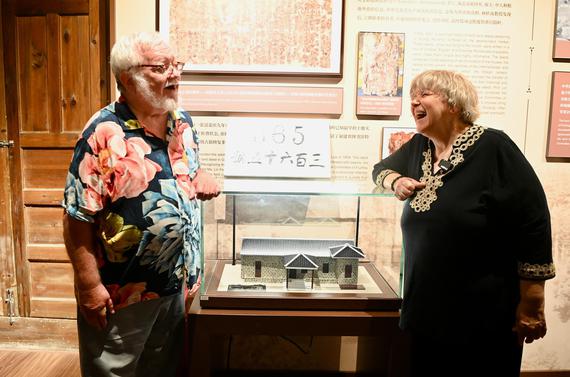
(CNS) -- In the spring of 1990, Elizabeth Gardner was sorting her late husband’s belongings when she came across a faded exercise sheet adorned with 11 postage stamps. Each stamp bore a postmark, with the clearest reading: “Kuliang, Fuzhou, on the first day of the sixth lunar month of the third year.”
It was at this moment that Gardner finally understood the words her husband, a physics professor, had murmured on his deathbed in 1986. A Chinese friend later told her that Kuliang was now known as Guling in Fuzhou, southeast China’s Fujian Province.
After her husband died, Elizabeth Gardner embarked on a mission to fulfill her husband’s desire to return to his childhood home. Milton Gardner arrived in Fuzhou as an infant in 1901 with his American missionary parents and lived there until their return to the U.S. in 1911. Throughout his life, Milton Gardner harbored a deep longing to revisit the place where he spent his early years, but circumstances never allowed him to do so.
In 1992, Xi Jinping, then secretary of the Fuzhou Municipal Committee of the Communist Party of China, discovered this poignant tale after a Chinese student of Elizabeth Gardner in the U.S. wrote about her husband’s story in an article published in the People’s Daily with the headline “Ah, Kuliang.” Moved by the Gardners’ story, Xi extended an invitation to Elizabeth Gardner to visit China. On August 21, 1992, Elizabeth Gardner, at the age of 72, finally arrived in Fuzhou. Xi welcomed her that evening.
During their meeting, Xi presented Elizabeth Gardner with a pair of lacquer vases, a photo album showcasing Kuliang, and a traditional Chinese painting. In return, Elizabeth Gardner gifted Xi a pair of Fuzhou lacquer vases dating back to the Qing Dynasty (1644-1911), which had been brought to California by her husband’s family.
Xi said he was moved by her husband’s attachment and longing for Fuzhou and Kuliang. Since then, the Kuliang story has captivated many hearts and become widely known. In 2012, Xi, then China’s vice president, shared this story in an address at a welcome lunch in Washington. In November 2023, during his visit to San Francisco, Xi proposed an initiative to invite 50,000 U.S. young people to China for exchanges and learning over the next five years.
On June 24, 2024, the week-long “Bond with Kuliang: 2024 China-U.S. Youth Festival” commenced in Fuzhou. The event was organized by the Chinese People’s Association for Friendship with Foreign Countries (CPAFFC), Fujian Provincial People’s Government and the All-China Youth Federation. It is a flagship project by the CPAFFC to implement Xi’s initiative.
Xi sent a congratulatory letter to the event. Noting that the century-long bond with Kuliang is a story of friendly exchanges between the Chinese and U.S. people, Xi said he is pleased to see young people from all walks of life in China and the U.S. gather in Fuzhou to relive the story of Kuliang and help enhance exchanges and understanding between the two peoples.
Themed “Inheriting the Kuliang Affection, Deepening Friendship,” the event invited approximately 500 young people from China and the U.S. to participate in activities on including Sino-U.S. relations, the richness and inclusiveness of Chinese culture, climate change and sports events. It also saw the reunion of Kuliang Friends, a group comprising the descendants of American families who lived among the locals of Fuzhou a century ago or even longer.
Historical Bond
Kuliang is north of Gushan in the suburbs of Fuzhou. In the summer of 1885, S.F. Woodin, an American doctor residing in Fuzhou, traveled from Fuzhou to Lianjiang County for medical consultations, forced by adverse weather to traverse precipitous mountain paths.
Along the way, to his delight, Woodin discovered relief from the summer heat of Fuzhou amid the green mountains and trees in Kuliang. He decided to rent a house there.
The name Kuliang first appeared in 1895 in A Sketch of Ku-Liang Mountain and Environments which was published by Philip Wilson Pitcher. Local administrative bodies such as Kuliang Union and the Public Improvement Committee helped make it a comfortable community for international residents.
At its peak, there were 119 villas built by foreigners. They also constructed schools, hospitals, tennis courts, swimming pools, post offices and the Kuliang Club, which was built between 1914 and 1915 as the activity and information center of the Kuliang community. By the time of the Republic of China (1912-1949), Kuliang, alongside Jiangxi’s Lushan, Zhejiang’s Moganshan, and Henan’s Jigongshan, was renowned as one of the four major hilltop summer resorts in China.
Elyn MacInnis, founder of Kuliang Friends, emphasized that the essence of Kuliang embodies the values of peace, friendship and love. She stressed the importance of understanding and respect as fundamental pillars in nurturing such enduring relationships.
Her father-in-law, Donald MacInnis, arrived in Fuzhou in 1940 at 19 to serve as headmaster of the Anglo-Chinese College (ACC). Later, he joined the Flying Tigers, a renowned group of U.S. volunteer fighter pilots who, from 1941 to 1942, played a crucial role in supporting China against the Japanese invasion under General Claire Lee Chennault’s command.
Her husband, Peter MacInnis, was born in Fuzhou in 1948 and spent his early years in Kuliang. In 2015, in accordance with their father’s wishes, Peter and Elyn MacInnis scattered some of his ashes into the Min River.
During their 30 years working in China, Elyn and her husband developed a deep appreciation for Chinese culture. This affection was reflected in their choice of names for their two daughters, Aizhong and Aihua, whose names mean “love for China.”
In the 1990s, Elyn MacInnes captivated many Chinese students with her engaging smile while teaching English on “Outlook English,” a popular show broadcasted by China Central Television. Since her first visit to Fuzhou in 2015 to delve into her family’s history, she has been deeply committed to promoting Kuliang’s vibrant cultural heritage, creating a website and organizing events.
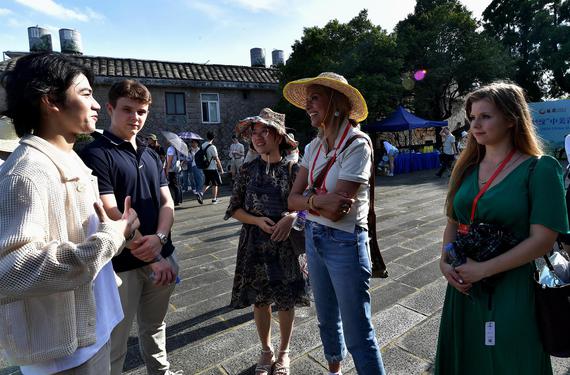
Collaborating with Kong Lingyi, a Chinese student from the Rhode Island School of Design, Elyn MacInnes designed a logo for Kuliang. The logo features two hands forming a heart shape, symbolizing deep friendship, with a tree inside representing the enduring bonds of Kuliang. She said the circle represents community, symbolizing the global appeal for world peace.
Thanks to these efforts, the protagonists of the Kuliang story have expanded beyond the Milton Gardner family to include figures such as Lydia A. Trimble, a pioneer of women’s higher education in Fujian, A.W. Billing, a pioneer of modern agricultural vocational education in Fuzhou, Dr. Mary E. Carleton, founder of the first Western hospital in Minqing, and Amy Oxley Wilkinson, inventor of a form of braille for spelling the Fuzhou dialect with the help of Romanized Chinese script, called Fuzhou braille.
In recent years, Elyn MacInnes has meticulously uncovered and organized more than 1,000 pieces of textual and oral history, photographs and artifacts associated with Kuliang. Collaborating with scholars from domestic universities, she has compiled these invaluable materials into digital archives. Her goal is to recreate the vibrant scenes of Chinese and foreign residents living together in Kuliang during that era.
From 1885 to the early 1950s, records show that Kuliang was a place where foreign expats and local villagers mingled every year from early summer to autumn. During this period, expats were actively involved in providing medical care and education, teaching local children reading and writing. There are also documented instances of foreigners assisting villagers in defending against wild animals. Harry Russel Caldwell, then president of Peiyuan College, for example, was a tiger hunter who shot more than 50 tigers.
In return, local residents supported them by providing food, gathering stones from the mountains for house construction and helping care for their children.








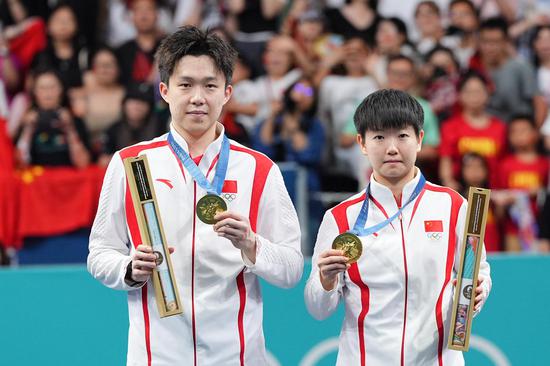


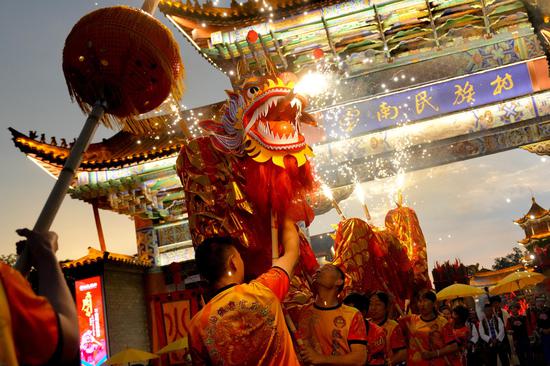
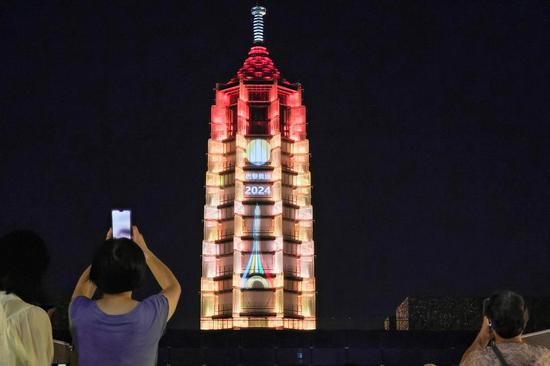


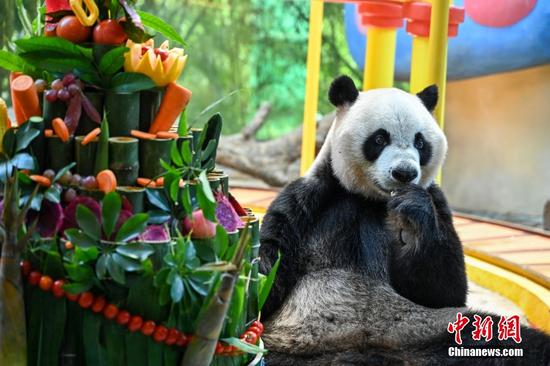
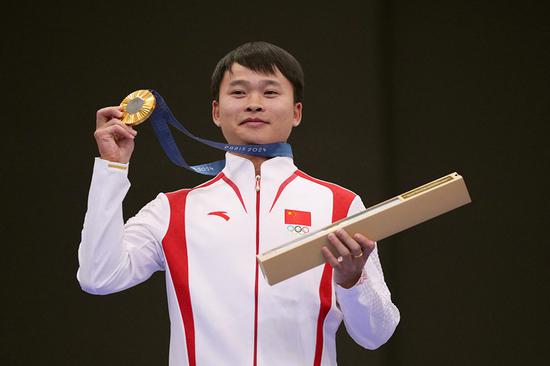







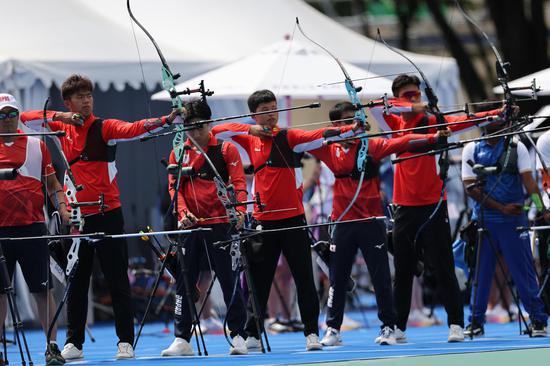







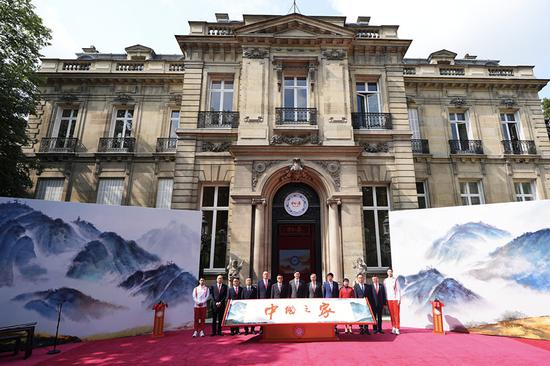







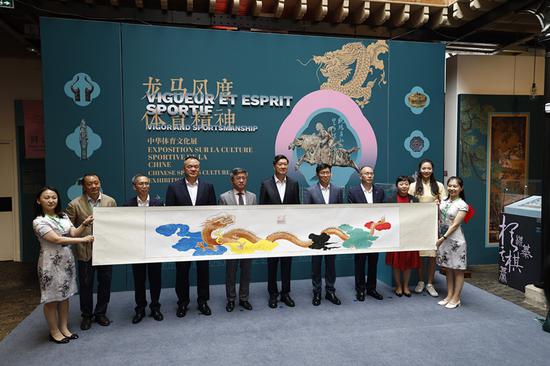




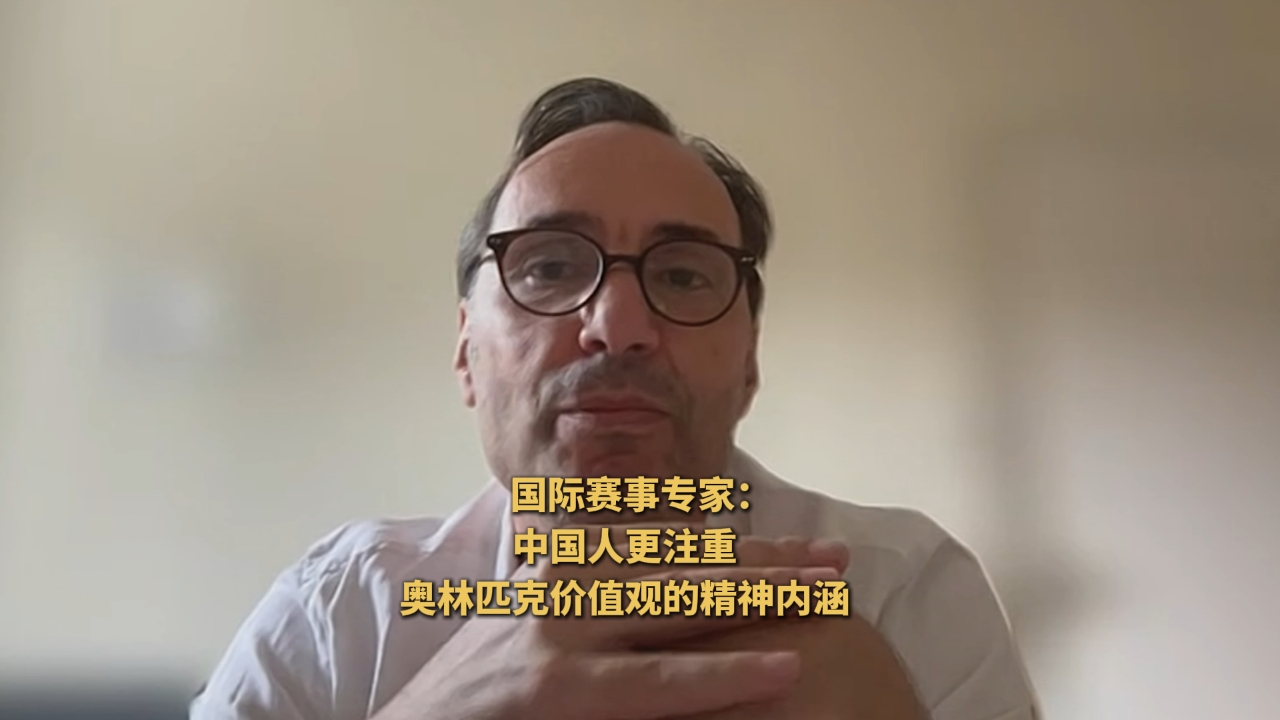

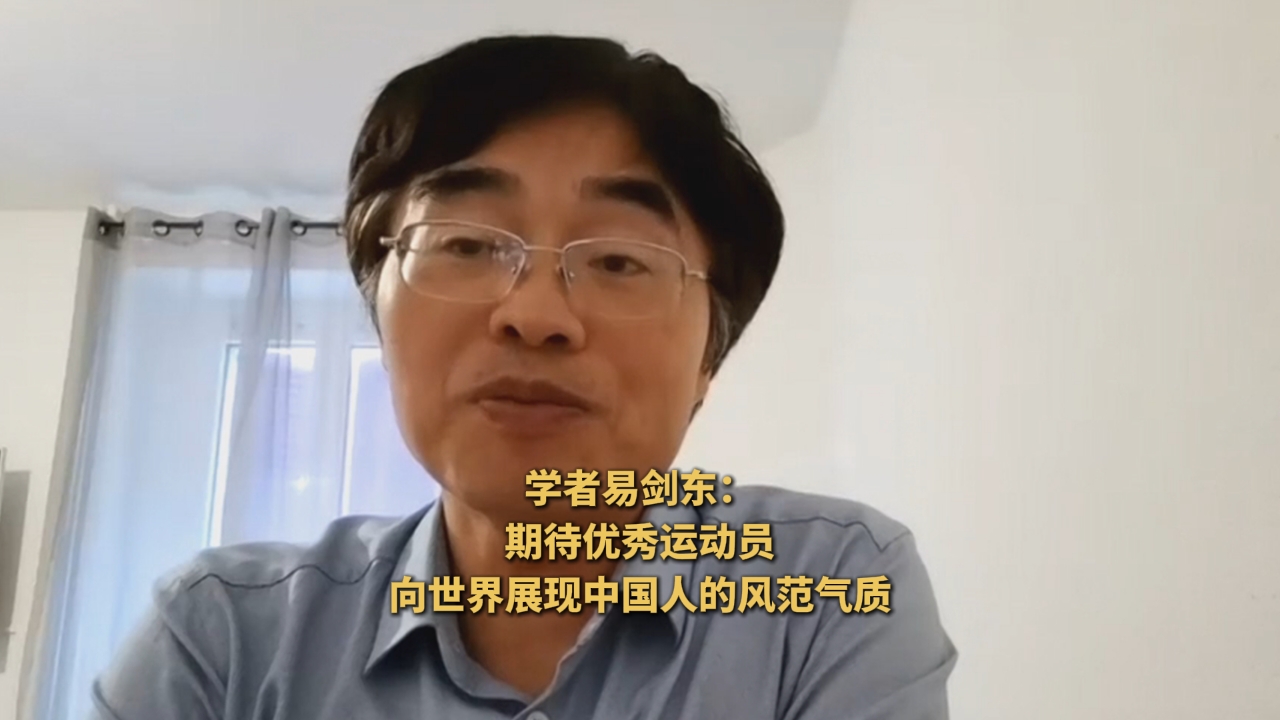

 京公网安备 11010202009201号
京公网安备 11010202009201号